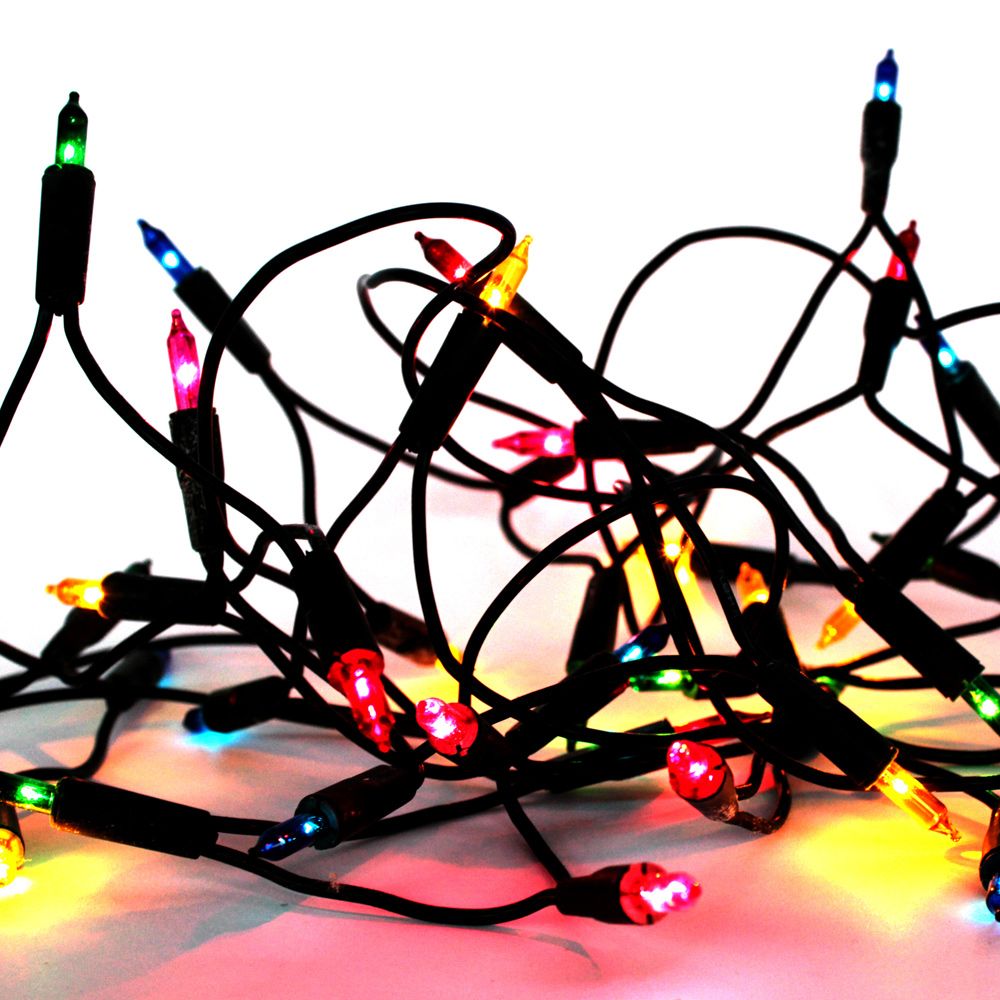My Cart
Your Shopping Cart is currently empty. Use Quick Order or Search to quickly add items to your order!
 Brian Bennett
Brian Bennett
Educator and Academic Solutions Engineer at TechSmith
Okemos, MI
March 2016
I get excited about teaching electricity every year.
It’s a topic my students can connect to immediately because it’s relevant and, more important, they think they already know what there is to know. My job is to help break down these notions and then rebuild while moving past misconceptions.
Inquiry plays a big part in this process. I spend the first 2 days of my electricity unit focusing on problem solving, searching for patterns, and making inferences based on observations.
On day 1 of the lab, students (in pairs or triplets) get a bag with a few materials: 1 D-cell battery, some aluminum foil, and single Christmas lights I cut from an old string. My lab procedure consists of 5 challenges that introduce the basics of circuits to my students:
The only thing I pre-teach at this point is how to draw a simple circuit schematic, which takes a few minutes at the start of the lab and consists mostly of what symbols to use. Because inquiry involves students deciding for themselves how to communicate their learning, I don’t show them what a circuit should look like. I let them decide that for themselves. By emphasizing that there is no single right way to draw a diagram, I can see deeper thinking demonstrated by the students as they articulate their work independently.
As they’re tinkering, I make notes on the patterns I can call on during instruction, both good and bad. For instance, groups figure out pretty quickly that the bulbs need to touch opposite poles of the battery to function. They don’t know about voltage difference or electron flow, but they know that the bulb won’t work because of something. That something is what I focus on during the lesson. It bridges the gap between the experience and the content.
Instead of diving right into instruction after part 1, we do another lab the following day and build on the day 1 experience.
At this point, students have experience drawing diagrams and lighting up bulbs. They have seen (qualitatively) that the brightness of a bulb depends on how it is integrated into the circuit. Part 2 of the circuits lab connects their experience to the theory behind voltage, current, and resistance. Again, this occurs without instruction and helps students confirm or reject their ideas from the day before. Just like on day 1, I’m wandering around the room during this process, mostly helping to troubleshoot equipment and refraining from answering questions directly.
Inquiry should help students form the right questions to ask more than anything else. If I were to jump into electricity without facilitating a structured experience, students would push back on engaging with me. “We’ve done this before,” they’d say.
The experience—whether it’s a lab or another class activity—should allow for multiple failures and simple paths to success. In the first activity, one of the prompts is: Light up 2 bulbs. I don’t care so much about making a series or a parallel path at this point. I just want students to think through the process necessary to complete the task. This leads to a question: Is there another way to do this? Forming a good question is the goal.
Flipping comes next. Once I have my input data (student successes and failures in the lab), I can make a better lesson. I don’t need to teach as much about polarity on a battery because students already know that there is a positive and a negative terminal. I can jump right into what the terminals mean.
My videos change from year to year because classes solve different problems; as such, I’m able to keep the material relevant and timely. It also means that the students who picked up on the ideas faster than others can move ahead rather than wait for me to run through an in-class lecture they don’t need.
It’s important to remember that learning is more than the demonstration of a skill. It’s the sum of the experiences we give our students as they solve problems. In a flipped learning setting, it’s easy to fall into the cycle of video, experience, and assessment. Inquiry provides these experiences in meaningful ways for students. The events allow students to experience an idea before formal instruction. More importantly, they provide common ground on which we can meet and talk about science as equals, not as instructor and pupils. Once you have a meaningful experience to serve as a common denominator, flipping can become that much more powerful as students interact with the content when, and where, they’re ready for it.